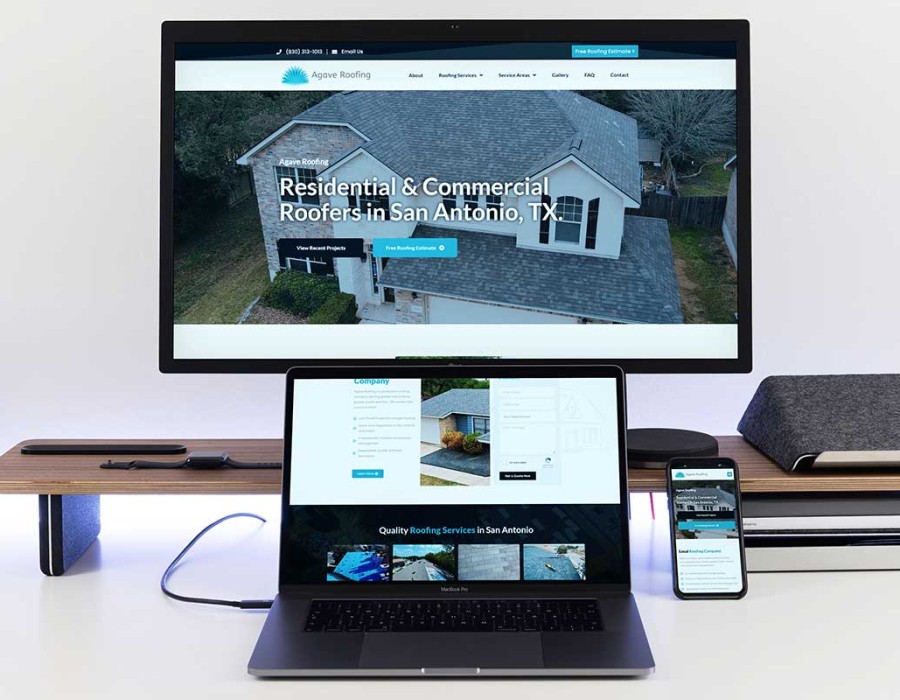Introduction:
In today's digital era, a well-designed website has become a vital component for businesses and individuals seeking to make their mark online. Web design is the art and science of creating visually appealing, user-friendly, and engaging websites that captivate visitors and drive meaningful interactions. In this article, we explore the world of web design, its key principles, and the impact it has on shaping online experiences.
The Power of First Impressions:
In the vast landscape of the internet, first impressions matter. When users land on a website, they form an immediate opinion based on its design. Web design plays a pivotal role in capturing the attention of visitors and encouraging them to explore further. Through strategic use of colors, typography, imagery, and layout, web designers create visually stunning interfaces that leave a lasting positive impression.

User-Centric Approach:
Effective web design revolves around the needs and preferences of the target audience. User experience (UX) design focuses on creating intuitive and seamless interactions between users and websites. This involves understanding user behaviors, anticipating their needs, and organizing content in a logical and user-friendly manner. By prioritizing ease of navigation, clear information hierarchy, and intuitive interfaces, web designers ensure that visitors can effortlessly navigate through a website, find what they need, and achieve their goals.
Responsive and Mobile-First Design:
With the proliferation of smartphones and tablets, designing for mobile devices has become imperative. Responsive web design ensures that websites adapt seamlessly to different screen sizes and resolutions. Mobile-first design takes it a step further by prioritizing the mobile experience during the design process. These approaches enable websites to provide a consistent and optimized experience across all devices, catering to the preferences of the ever-growing mobile user base.
Visual Storytelling and Brand Identity:
Web design serves as a powerful medium for visual storytelling and establishing brand identity. Through the strategic use of graphics, imagery, and typography, designers can create a cohesive visual narrative that reflects the brand's personality and values. Consistency in visual elements, such as colors, fonts, and imagery, builds brand recognition and fosters a sense of trust and familiarity among users.
Accessibility and Inclusivity:
Web design should strive to be inclusive and accessible to individuals of all abilities. Implementing accessibility guidelines ensures that websites are usable by people with disabilities, such as visual impairments or motor limitations. This involves considerations such as providing alternative text for images, using clear and readable fonts, and ensuring keyboard navigation compatibility. By designing with inclusivity in mind, web designers make the internet more accessible and welcoming for all users.
Evolving Trends and Technologies:
Web design is a dynamic field that continually evolves to keep up with emerging trends and technologies. From minimalist designs to immersive experiences, designers embrace new techniques and tools to create innovative and engaging websites. The integration of animations, microinteractions, and interactive elements adds depth and interactivity to web experiences, enhancing user engagement and delight.
Conclusion:
Web design goes beyond aesthetics. It is a multidimensional discipline that combines art, psychology, and technology to create engaging and user-friendly digital experiences. By employing principles of visual appeal, user-centric design, accessibility, and brand identity, web designers shape the online landscape, facilitating meaningful interactions between businesses and their audiences. As the digital world continues to evolve, web design will remain a critical factor in capturing attention, fostering engagement, and creating memorable online experiences.
Click here for more information:-





Comments